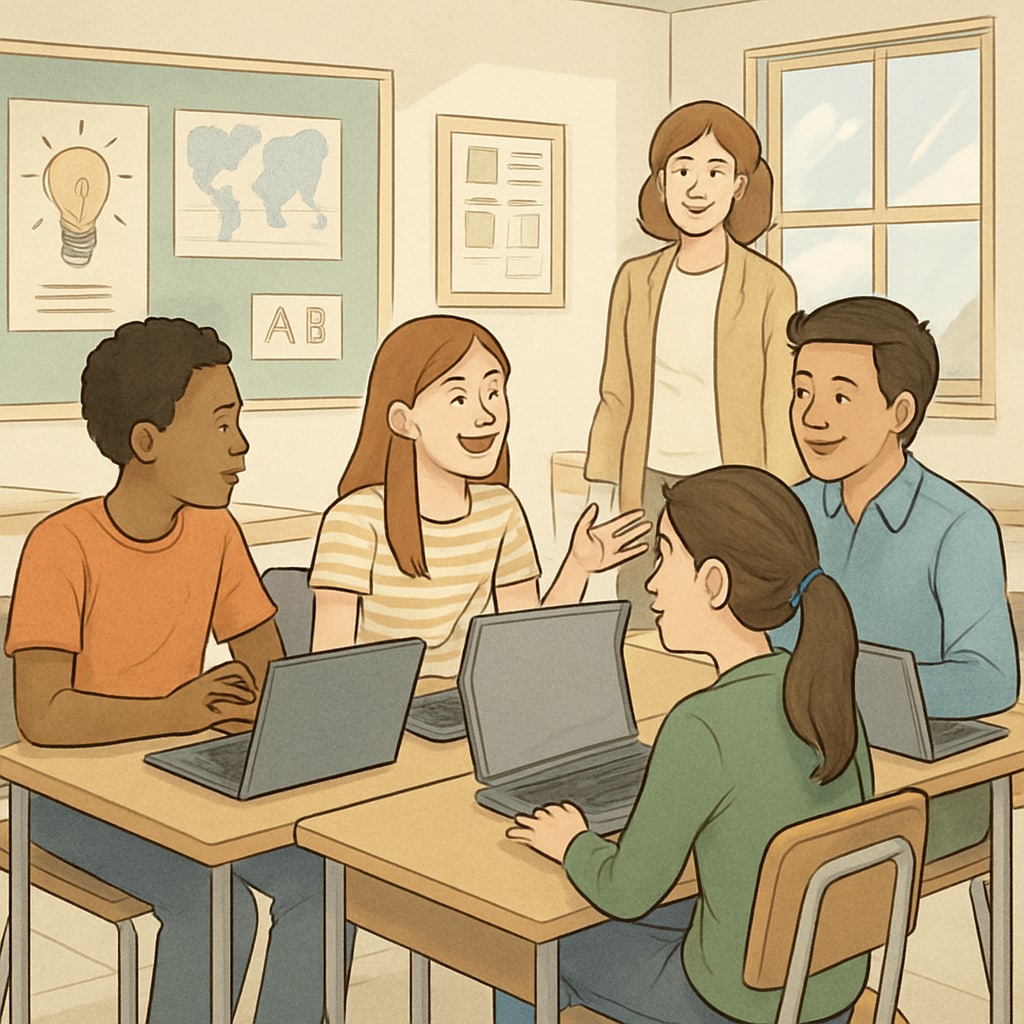Zoom and ReZoom activities have gained significant recognition in K12 education for their ability to promote structured participation, enhance student engagement, and foster deep learning. These interactive activities, which rely on collaborative efforts and sequencing, serve as powerful tools to build critical thinking and teamwork skills among students. In this article, we explore their educational value, provide practical implementation tips, and discuss their relevance in digital classrooms.

What Are Zoom and ReZoom Activities?
Zoom and ReZoom are interactive storytelling activities designed to encourage collaboration and critical thinking. Typically, Zoom involves a series of sequential illustrations or images where students must work together to piece them into the correct order, creating a coherent story. ReZoom, as the name suggests, adds complexity by requiring participants to reverse or reconfigure the narrative sequence.
These activities are based on visual storytelling, challenging students to identify patterns, make logical connections, and communicate their reasoning effectively. They are particularly useful in classrooms as they stimulate engagement and foster teamwork. Learn more about storytelling’s educational impact.
Benefits of Structured Participation in K12 Classrooms
Structured participation, as exemplified by Zoom and ReZoom activities, offers several key benefits:
- Enhanced Critical Thinking: Students must analyze visual cues and collaborate to determine the correct sequence, sharpening their reasoning skills.
- Improved Communication: These activities require clear articulation of ideas, promoting active listening and dialogue among peers.
- Teamwork Development: By working in groups, students learn the value of cooperation and collective problem-solving.
- Engagement Boost: The interactive nature of Zoom/ReZoom activities captivates student interest and keeps them motivated.
Structured participation aligns with modern educational goals, supporting both academic and social skill development. For more details about collaborative learning strategies, visit collaborative learning on Britannica.

How to Implement Zoom and ReZoom Activities in Digital Classrooms
With the rise of digital education, adapting Zoom and ReZoom activities for online platforms is essential. Here are practical tips for effective implementation:
- Leverage Virtual Tools: Use digital whiteboards or collaborative platforms like Google Jamboard to display sequences and allow students to rearrange them online.
- Encourage Breakout Sessions: Divide students into small groups during virtual classes to discuss and solve the activity collaboratively.
- Provide Clear Instructions: Ensure that students understand the objectives and rules of the activity to maximize participation and learning outcomes.
- Track Engagement: Use interactive features like polls or chat functions to monitor student involvement and provide feedback.
These strategies make Zoom/ReZoom activities adaptable for both in-person and digital learning environments, ensuring their continued relevance in evolving educational settings.
Conclusion: The Future of Structured Activities in Education
Zoom and ReZoom activities exemplify the power of structured engagement in K12 education, combining creativity, collaboration, and critical thinking into a single interactive experience. As classrooms become increasingly digital, integrating these activities into virtual teaching frameworks will further enhance their impact. By fostering deeper learning and active participation, educators can create a more dynamic and inclusive learning environment.
Incorporating structured activities like Zoom and ReZoom into K12 education is not just a teaching strategy but a step toward preparing students for real-world challenges. As a result, these activities serve as vital tools for building the skills necessary for academic and personal success.


